2023 Distribution Automation Project Tasks
Planned 2023 Research
This project focuses on the assets that utilities use to automate the distribution system. These assets might include switching devices (for example, reclosers, sectionalizers, enclosed switches, advanced lateral devices, and padmount switchgear) and their controls; distribution voltage and current sensors; and voltage optimization controls (capacitor bank and voltage regulator controls) and related components. Research will be provided in multiple forms, including:
- Results from laboratory testing and failure analysis
- Evaluation and demonstration of advanced tools and equipment
- Development of guidebooks and field guides
- Workshops, meetings, and webcasts
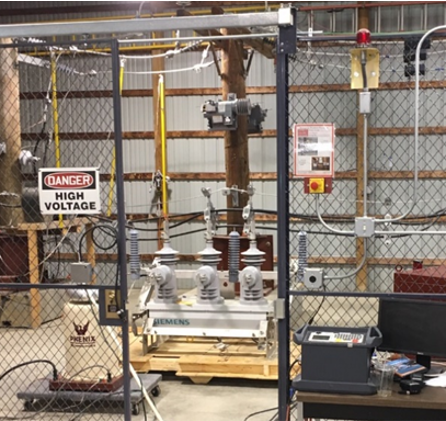
Laboratory Evaluation and Assessment: This task intends to define tests, develop the capability, and perform laboratory testing for distribution sensors, controls, and switching devices especially with regard to new designs. Test results aim to inform utility decisions regarding specification and selection.
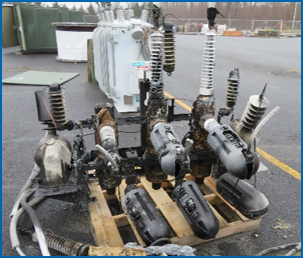
Recloser Failure Analysis: This task investigates the failure mechanisms of distribution reclosers. The research intends to analyze failed units to understand failure modes. Also, failure information will be collected from various utilities to gather additional information on the failure modes of reclosers. The results could reduce the likelihood of failure and aid utilities in optimizing life-cycle performance.
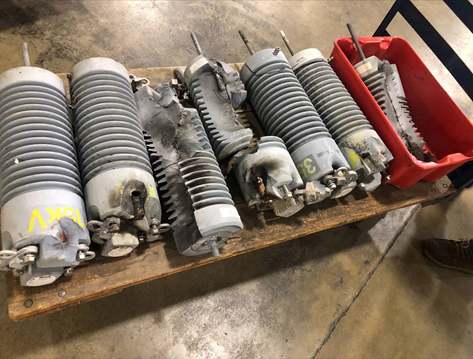
Sensor Failure Analysis: This task investigates the degradation mechanisms and failure modes of distribution sensors. The research intends to analyze failed units to understand failure modes. The results could develop approaches to reduce the likelihood of failure, develop tests to perform on new sensors to identify potential future issues, and aid utilities in optimizing sensor life-cycle performance.
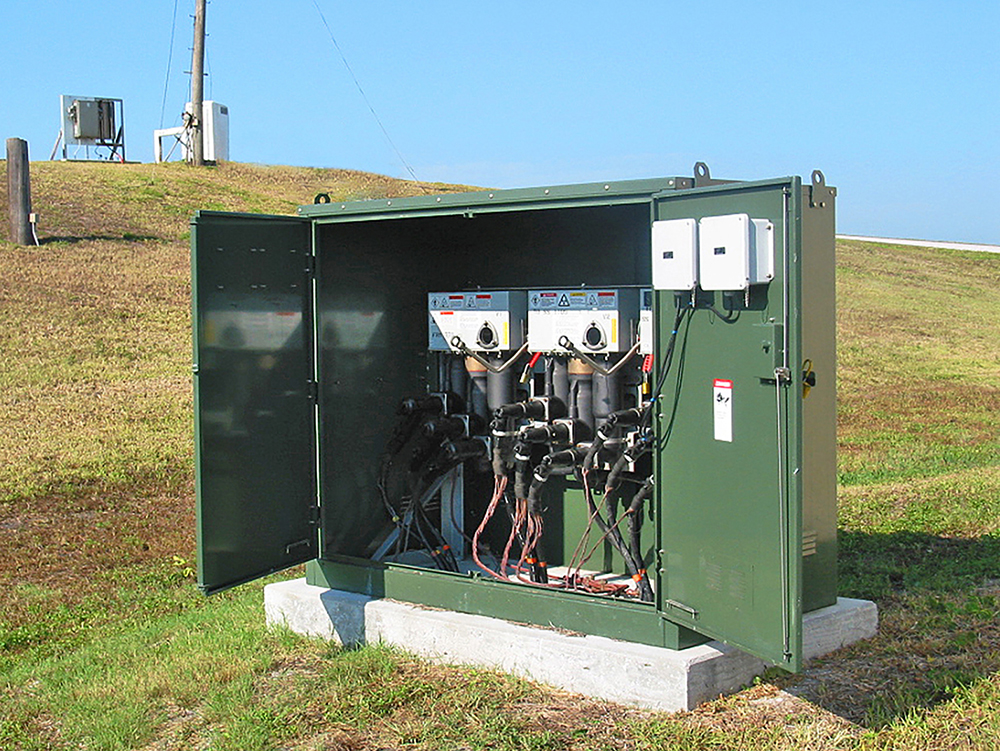
Underground Distribution Automation: This research investigates the life-cycle performance of medium-voltage underground DA fault interrupters and switches. As automated devices are increasingly being added to underground system, research is planned to focus on the expected long-term performance of the automation associated with underground devices, including investigation of degradation and failure modes and the need for standardization. Research results can inform equipment specifications and inspection and maintenance approaches, reducing the likelihood of failure and aiding utilities in optimizing the life-cycle performance of these devices. This task will be a joint task with P180.002 Underground Distribution Assets.

Cabling and Connectors for Automation Equipment: Automation controls are typically connected to devices at the top of the pole using a multi conductor control cable that is terminated on both ends with a multi-pin connector. Control cables have been found to cause mis-operations of automation device, inconsistent or inaccurate measurements from sensors, and reporting of improper statuses from the device. This task plans to investigate control cabling to understand failure causes and perform testing to inform specification and selection decisions related to control cables and connectors. The task also aims to understand practices related to installation and maintenance of control cables.

Grounding and Lightning Protection for Automation Assets: Utilities must protect control and communication equipment from the effects of lightning and surges on the distribution system. This task investigates utility grounding, bonding, and surge protection approaches for recloser, automated switch, capacitor bank, and voltage regulator installations. The task plans to continue to evaluate the effects of lightning on different installation configurations for automation equipment using laboratory testing and/or simulation.
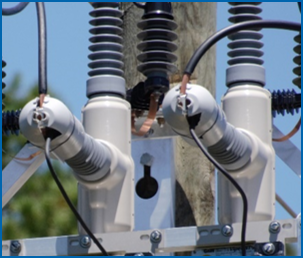
Technology and Tools for Automation Asset Inspections: The widescale deployment of automation assets comes with additional challenges to utilities of how to inspect and maintain this large fleet of complex equipment. This task plans to investigate technology and tools to assist with inspections of newly installed automation assets, routine inspections, and failure investigations. The technologies evaluated may range from handheld tools to detect infrared radiation or partial discharge from specific components to the use of unmanned aerial vehicles (UAVs) for full imaging of a DA installation. Additionally, this task will investigate and demonstrate post data management and visualization tools.
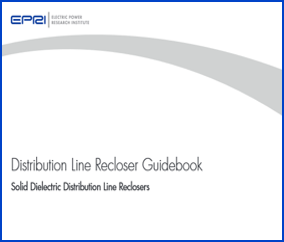
EPRI Distribution Automation Guidebook: EPRI continues development of a comprehensive DA guidebook, with a current focus on reclosers, recloser controls, and distribution sensors. Report contents include a focus on specification, selection, installation, operation, and maintenance. Additions to the report will include new information about other DA asset types and/or new material about assets already covered.

DA Practices: This task investigates leading practices for management and field operation of DA devices. Focus areas include DA asset design, provisioning, installation, commissioning, inspection, maintenance, and troubleshooting. These practices are gathered through broad utility surveys and targeted interviews to discuss the utility’s practices in depth.
For more information on the 2023 plan for distribution automation, contact Jason Anderson